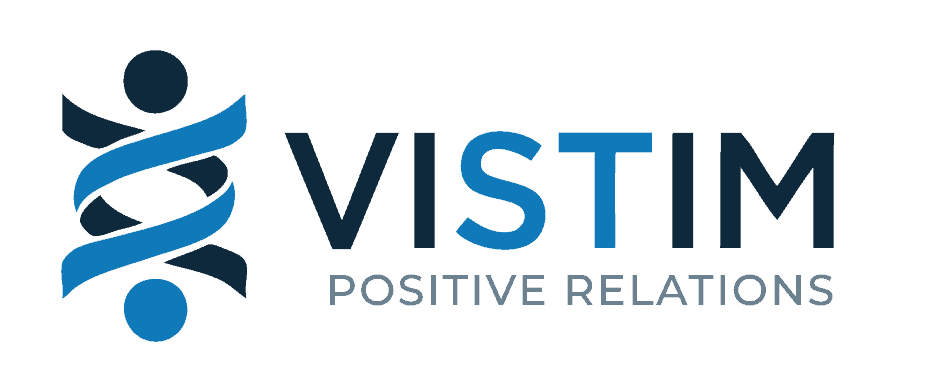Coming from South Africa, Suretha Krahtz knows what discrimination means. She began her carrier with fighting against it in the post-Apartheid period.
“In 1994, I was involved in employment equity with employer and employees’ group to design roadmaps for closing the gaps in representation, removing the barriers to equality and address unconscious bias”. After that very intense experience, Suretha moved to Amazon and continued to work for Diversity with a more global perspective.
Diversity and Inclusion, risk or opportunity for the business?
In a marketing perspective, a company serving a market without any representation of this market inside its teams cannot understand its real expectations. On the other hand, the customers will be more likely to buy a brand they can identify to.
For companies that need to innovate, having different points of view and different ways to see the same problem leads to more creativity for building solutions.
We have seen very classical business mistakes made because of the lack of diversity. For instance, with the face recognition that didn’t work with black people at the beginning. The groups working on it were simply not diverse.
It means that diversity is not a bleeding-heart topic, it’s a business topic.
If we look at the next generation, it’s clear that these criteria are key for them. They look how sustainable and how inclusive is their potential employer. A business who will survive in the future NEEDS to put Diversity, Equality and Inclusion (DEI) in its priorities.
For those who want to know more about business mistakes due to the lack of diversity, the book: “Invisible Women”, written by Caroline Criado Perez gives a lot of examples of products designed by white men only.
What is the Amazon Diversity Equity and Inclusion (DEI) approach?
Moving to Luxembourg four years ago and being more ingrained into the challenges of what does this look like on an EU perspective. Let me give you an example: In South Africa, it is legally required that people disclose and identify their race, their gender, and disability on employment. In the EU, it is totally different because of the legislative framework. We just have a gender, that people can identify. So, the question is how do we track the potential discriminations? We work on a basis of gender (4 options: M/F/Withhold/ Other).
We can conduct strict audits on that basis. But then it is around how do you identify some of the other challenges that fall outside of gender? From the whole employee lifecycle? How do you make sure that there’s not just diversity in the sense of representation? We have to work on equality which means looking at specific needs for specific groups, and we need also to create a safe and secure work environment for everyone: it’s the definition of inclusion.
That is a complex ask. We need to pick up what are the challenges in terms of equity or inclusion. Amazon has 120 nationalities in Luxembourg. It’s a very diverse workforce. To deal with this reality, we worked on the Teams demographics for instance, and on the performance evaluation to detect unconscious bias in the process.
But how can we detect these biases?
It is painful but it is trough tracking and reporting. We are inviting people to self-declare their status. When we have enough people that self-declared (35-45%), and the legal approval to use of the data, we can address the problem.
We also work with “Voice of the Customer” groups.
We also work with specific groups like “Women in engineering”, “Women in Finance”, “Arabs at…”, “Indians at…” We organise listening session with them and ask them about their challenges what is going well and what is going wrong. Then we submit the results to the senior leaders. We show them what is going good and what is challenging… We record the anecdotes using voice artist to protect the anonymity of the people. ‘This is what your team says. How does it make you feel’.
We try to identify trends and what is the unheard or unsay and then identify what are the gaps that we need to fill urgently and how we can do that.
What advice can you give to smaller organisations that have less resources than Amazon?
They should review their people practices and processes for any unconscious bias in execution or policies. For example, in the recruitment process if you just look at the schools and degrees, you might miss a part of the real skills the people have. Assuming X School = Y Skills is not a good way to improve diversity. You should also review all employee lifecycle. DEI should also be part of the conversation. It should not make the people uncomfortable. You should also bring the challenging topics into the team meetings and the board room. It’s a journey and nobody will get it right from the beginning: we have to unlearn and relearn some ways to think and to behave. For Senior leaders, it can be very difficult to say “I don’t know”…
How to create safe spaces for specific groups?
In terms of representativity, it’s good to have a minimum of 15% of the people expressing the same problem / challenge they face. You can identify these challenges through an anonymous survey with simple questions the people can answer by yes or no. If you have let’s say 20% of yes on a question you can organise a meeting on that topic and you will see who will show up… When I do this, I don’t ask them their name or their team, so they can feel confident and safe”. Of course, it’s more difficult in a small company where people know each other. In that process, Anonymity is key as well as the commitment of the C-level. An external and neutral referent can be very helpful in mid and small companies.
What are the bad and good practices to foster inclusion?
One of the best practices is letting the workforce take the initiative. Instead of organising events or activities for them, give them a platform where they can create their own groups or activities. If they want to organise a coming out day, they can do it and the management can provide resources and public support of the initiatives. If the initiative comes from the top and there is a pressure on the people saying, ‘comm ’on tell us your story…’ it can be painful. Never force people, create a psychologically safe space for people to freely disclose and give them the support and assistance they need by organising ‘mentoring’ where people who did already come out can help and advice those who did not (yet). Your biggest challenge is to create a safe space. Signing the diversity charter and sharing it is an important sign in that direction.
As a conclusion, there is much more than one way to diversity and inclusion, because the contexts are very different from one business to another. Learning about the best practices relevant in your situation is a good first step.



